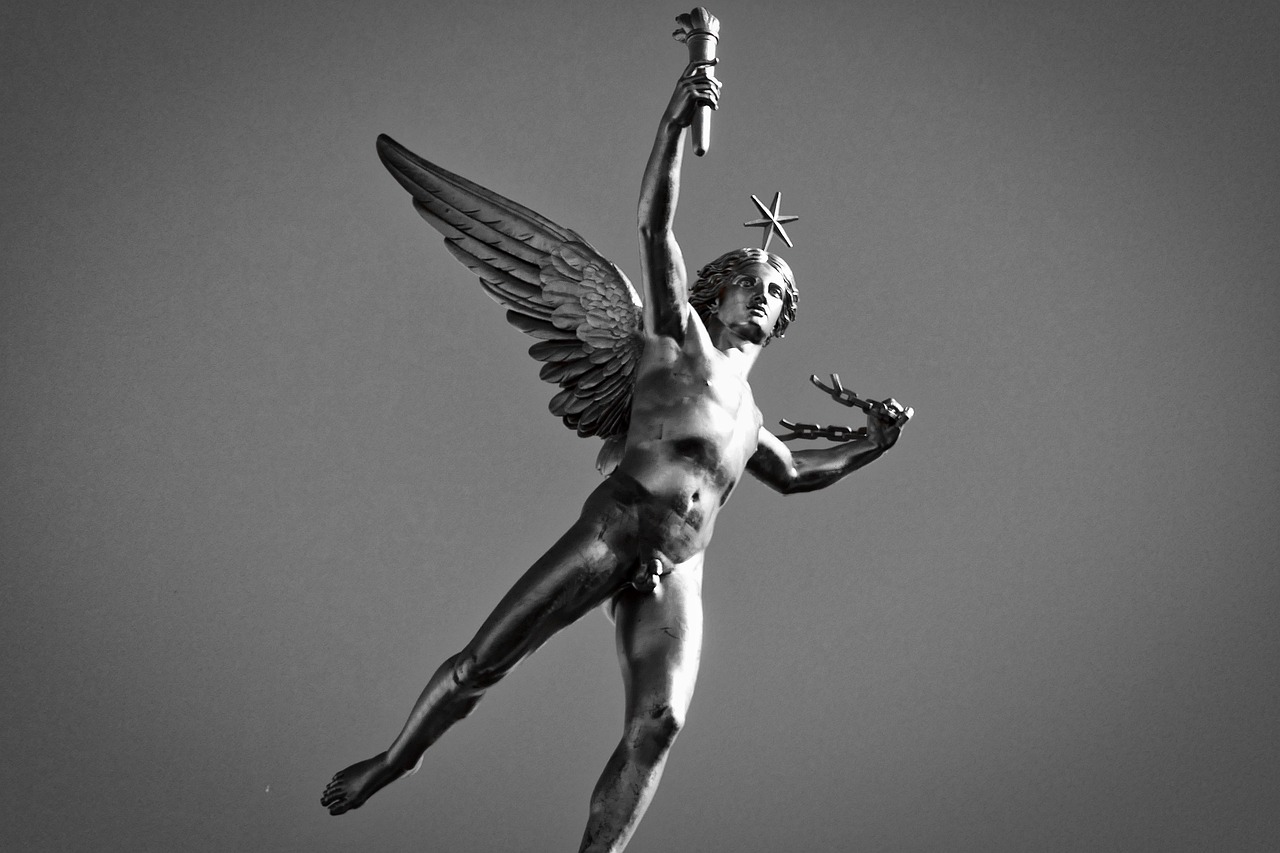Odysseus, a central character in Homer’s renowned epic, the Odyssey, is one of the most frequently depicted figures in Western literature. He is described by Homer as the king of Ithaca, offspring of Laertes and Anticleia (daughter of Autolycus from Parnassus), and the father of Telemachus through his marriage to Penelope. Some later accounts suggest that Odysseus was the son of Sisyphus and had children with figures like Circe and Calypso.
Homer characterizes Odysseus as a man of exceptional intelligence and cunning, exhibiting eloquence, resourcefulness, bravery, and resilience. In the Iliad, he emerges as the figure best equipped to navigate interpersonal crises among the Greek forces, playing a crucial role in reconciling Agamemnon and Achilles. His martial prowess is evident throughout the narratives, particularly highlighted in the stealthy venture he leads with Diomedes against the Trojans.
The overarching narrative of the Odyssey revolves around Odysseus’s arduous journey and his eventual reclamation of his home and kingdom. This epic consists of 24 books and recounts his strategic capture of Troy utilizing the famed wooden horse. The books spanning VI to XIII detail his travels from Troy to Ithaca, starting with his encounter with the Lotus-Eaters, where he struggles to rescue his men from the hypnotic effects of the lotus plant. His adventures continue as he blinds the Cyclops Polyphemus, a son of Poseidon, cleverly escaping his cave by hiding beneath the belly of a ram.
Odysseus faces numerous challenges, losing 11 of his 12 ships to the cannibalistic Laistrygones, before he arrives at Circe’s island, where he transforms some of his crew into swine. Later, he journeys to the Land of the Departed Spirits, conversing with Agamemnon’s spirit and receiving guidance from the Theban prophet Tiresias on how to appease Poseidon. Other formidable challenges await him as he faces the Sirens, navigates the treacherous waters between Scylla and Charybdis, and deals with the Cattle of the Sun, which his crew defies, leading to dire consequences. Ultimately, he survives a violent storm and reaches the serene island of Calypso.
After nearly a decade away, Odysseus finally departs from Calypso and returns home to Ithaca, where Penelope and Telemachus have been trying to uphold their rule in his absence. Initially recognized only by his loyal dog and nurse, Odysseus reveals his true identity—with Athena’s assistance—by passing Penelope’s challenge, which involves stringing his old bow and shooting an arrow. He then joins forces with Telemachus and two servants to defeat Penelope’s suitors. Although Penelope doubts his identity initially, she eventually accepts him after one final test.
Throughout the Odyssey, Odysseus showcases his skill in clever strategies and deceit, but his bravery, loyalty, and generosity are also consistently highlighted. Classical Greek writers depicted him in various lights—the unscrupulous politician versus the wise statesman. Philosophers have admired his intellect, while some Roman authors criticized him as the agent of Trojan destruction, whereas others celebrated him. Early Christian thinkers viewed him as a model wise traveler. Over time, dramatists and romantic writers have explored different facets of his character, preserving the essence of this archetype, known as “the man of many turns,” as he has been interpreted through diverse cultural perspectives.



